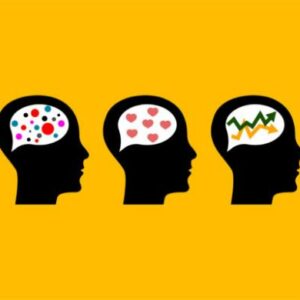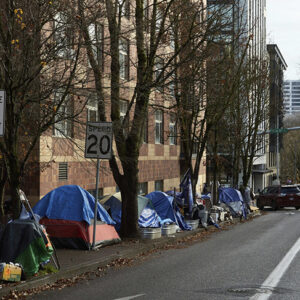
Post-independence India was once synonymous with images of destitution and grinding poverty, epitomized by the selfless work of Mother Teresa in Calcutta. However, today, India is on a trajectory towards one of the most remarkable economic transformations in history.
According to the latest consumer-expenditure survey conducted by the National Sample Survey Office (NSSO), India has made substantial strides in reducing poverty levels, with official figures now below 5%. This monumental achievement highlights the significance economic progress the nation has experienced in recent years.
The NSSO’s survey, which categorizes respondents into 20 different income brackets, revealed that the average monthly expenditure per capita in rural households stands at 3,773 rupees ($45), while in urban households, it rises to 6,459 rupees (%78).
Remarkably, this represents the narrowest gap in monthly expenditure between urban and rural Indians ever recorded by the NSSO. Over the past decade, there has been a staggering 2.5-fold increase in consumption across both urban and rural sectors, indicating a substantial improvement in living standards and a tangible reduction in poverty.
While consumption-based metrics have their limitations, they remain a crucial indicator of economic strength and prosperity. Despite potential shortcomings, the NSSO’s data strongly suggests that poverty in India has indeed fallen below the 5% mark – a milestone worthy of celebration.
Delving the deeper into the survey findings, the NSSO noted a decline in expenditure on cereals and grains, coupled with a notable increase in spending on fruits, vegetables, dairy products, and processed foods. This shift in dietary patterns reflects with evolving economic landscape of India, with greater access to diverse food choices signaling improved affordability and higher living standards for the populace.
India’s demographic composition further highlights the magnitude of its economic transformation. Despite boasting some of the world’s largest cities, the nation remains predominantly rural, with 1.8 rural inhabitants for every urban dweller. In fact, if rural Indians were considered a separate entity, they would constitute the second most populous nation on the planet – a testament to the sheer scale of India’s demographic diversity and the immense challenge of addressing poverty across its vast rural hinterlands.
The strides made by India in alleviating poverty and fostering economic growth serve as a beacon of hope and inspiration for nations around the globe. Through strategic policy interventions, targeted development initiatives, and sustained investment in human capital, India has demonstrated that economic transformation on a monumental scale is not only possible but achievable within a relatively short span of time.
However, challenges remain on the horizon, including the need to ensure equitable access to opportunities, address regional disparities, and promote inclusive growth that leaves no one behind.
Nonetheless, with its newfound momentum and unwavering commitment to progress, India is poised to write the next chapter of its remarkable journey – one that is characterized not by poverty and deprivation, but by prosperity, opportunity, and a shared success for all its citizens, both rural and urban alike.
What are your thoughts? Please comment below and share this news!
True Activist / Report a typo


